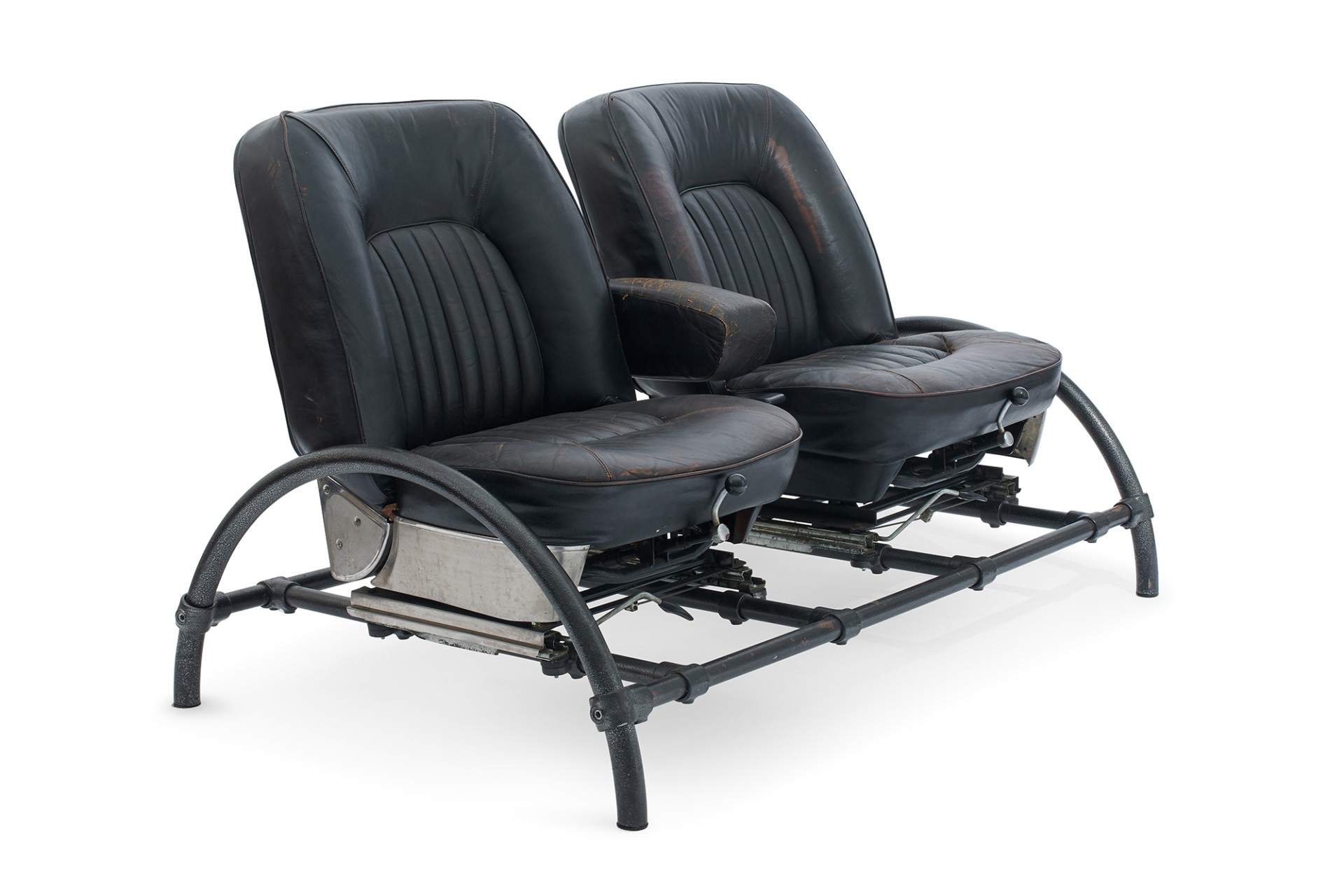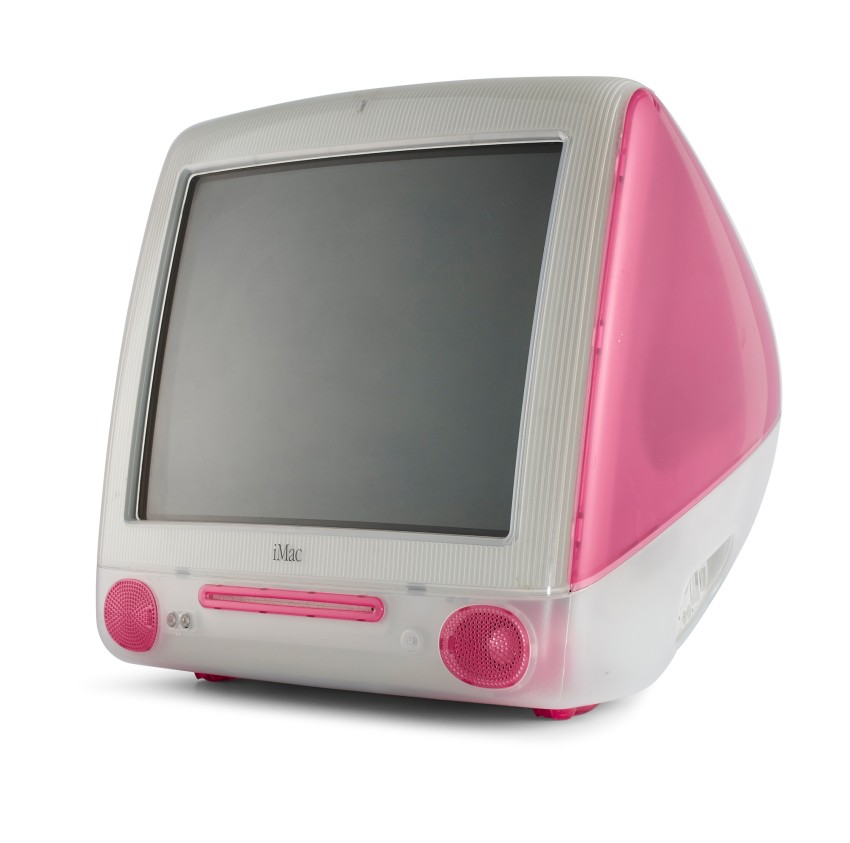Trends of the 1980s and 1990s
Similar to the concepts of anti-design and radical design of the late 1960s, several groups formed in Germany in the early 1980s, rebelling against the still prevailing postulate of ‘good form’. These movements, which were summarised under the title New German Design, shared a love of experimentation with regard to the use of unconventional materials such as raw steel, felt or concrete through to ready-mades (found industrial products).
The ready-made dates back to the French artist Marcel Duchamp, who, in 1913, presented his Bicycle Wheel (wheel and front fork of a bicycle, wooden stool) in the context of art. The Coffee Tree by the Kunstflug Group and the Consumer’s Rest by Stiletto, for example, correspond to this radical approach. The ready-made in the design context is also found in the work of the British designer Ron Arad or in that of the Italian Riccardo Blumer.

Further challenges for product design came from the fields of technology and consumer electronics: Walkman, Watchman, mobile phone and personal computer were dominant topics of the young generation.
In the 1990s, transparent and translucent plastics conquered the world of product design. The iMac computer designed by Jonathan Ive quickly became a cult object and is a good example for the implementation of translucent plastics.
